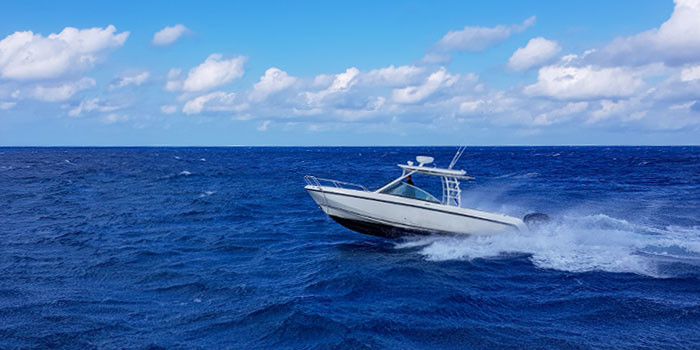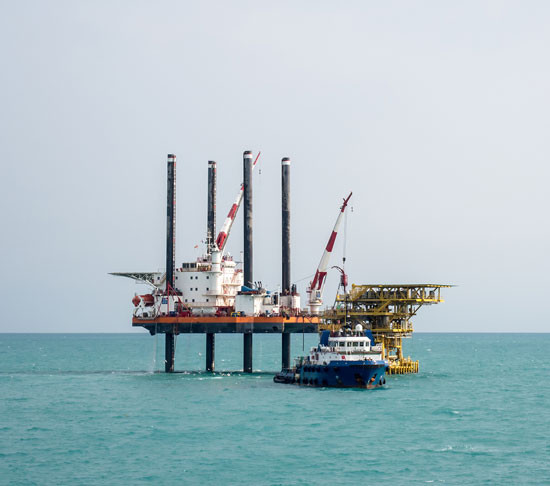Unsinkable Boats


Spray Foam Magazine – Spring 2021 – The use of polyurethane foam in the marine and boating industry is well documented. Polyurethane foam is built into boat cores and is added to areas of dead space within a boat’s hull to improve the buoyancy and add to the vessel’s flotation capability. The success and prominence of polyurethane foam in the marine industry has become a key safety feature for boat manufacturers and has given rise to marketing phrases in the industry such as “unsinkable boats” and “exceptional safety.”
This is so significant across the industry that five major boat manufacturers Boston Whaler, EdgeWater, McKee Craft, Everglades, and ETAP all use this language, or similar, as a part of their marketing slogans. While this may be the way of the future, vessels of the past are sometimes banged up, broken, leaking, and forgotten.
The science behind buoyancy and floatation relies on volume displacement - very quickly, the buoyancy force that pushes upward on a marine vessel is equivalent to the weight of the liquid that is displaced by the volume of the vessel in the liquid. So, marine vessels like barges and pontoons utilize dead space below the deck to maintain flotation. If this area is compromised in any way the vessel can be rendered disabled. If a pontoon takes on water, as the water fills the void, the added weight of water in that space can cause that pontoon to begin to sink which can result in the vessel sinking.
Barges have a slightly different design - barges separate and compartmentalize the dead space below the deck, to protect the vessel, if one of the exterior walls is damaged the water is contained and can be pumped out of a contained smaller volume rather than filling the entirety of the boat hull, of course the water has to be pumped out of the vessel faster than water is leaking into the vessel, but that is one of the balancing acts of a working barge during operation.
Often, barges are operated for a year, and then dry docked, to be inspected, repaired and restored. One of the little tricks during the repair and restoration process of barges and pontoons is to fill the voids with closed-cell polyurethane foam. Some of these projects require pour-in-place, or injection, applications and techniques, while other projects can be completed with a more traditional spray application - the available techniques are very project dependent, and a little expertise goes a long way.

There are two key reasons why injection or spray polyurethane foam is a great fit in these projects:
- Foam can easily fill a void of any geometry - When injected or sprayed on-site polyurethane foam follows the contours of the void and can fill any shape
- Water does not have to be pumped out of the boat hull - When foam fills the dead space of the boat hull and any damage occurs, the foam “blocks out” the water; because foam already fills the voids, water does not enter the void very fast, if at all, so the little amount of water that does enter does not weigh down the boat or cause it to sink.
For those of you that take the time to understand how foam fits into the marine industry and identify potential solutions that you can provide for these vessels there is a whole market open out there waiting for you.
Direct any questions you have about statements made in this article to Robert Naini:
817-983-3544 robert@sprayfoamadvisor.com
About the Author: Robert Naini has a Bachelor’s of Science in Mechanical Engineering and an MBA from the University of Texas in Arlington. With more than a decade of experience on the cutting edge of spray foam insulation, Robert has created Spray Foam Advisor to offer web-based training and education, with videos, articles, blogs and more, to help you get better.
Disqus website name not provided.









































